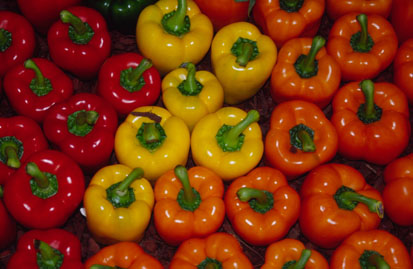COMMERCIAL CROP (VEGETABLE) PRODUCTION COURSE
 Develop skills and knowledge required for commercial vegetable production, including a variety of production methods. This is a very sound 100 hour foundation course in general vegetable production.
Develop skills and knowledge required for commercial vegetable production, including a variety of production methods. This is a very sound 100 hour foundation course in general vegetable production.
This course provides solid skills in the commercial production of vegetable crops, irrigation, harvest and post harvest treatment, marketing and more..
(Note: Do not undertake Commercial Organic Vegetable Growing as well as this. The two courses do overlap)